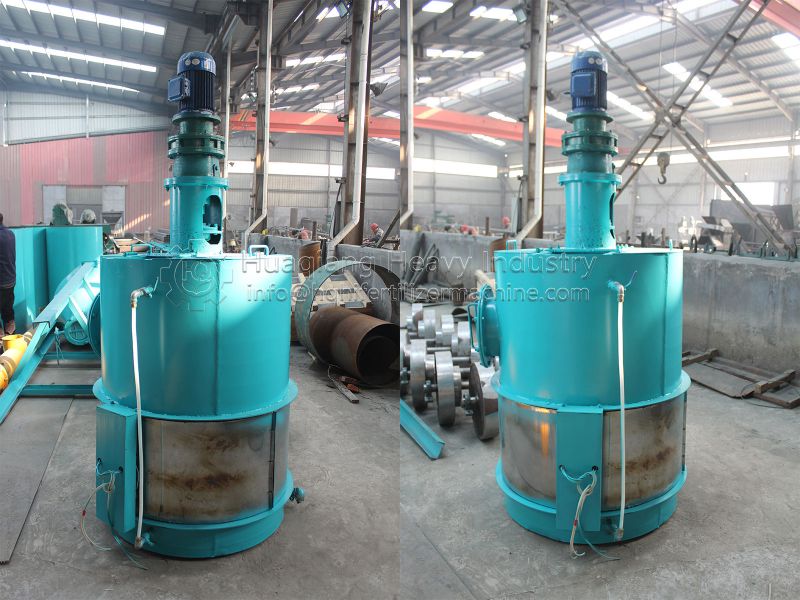Melting Pot
Let’s Start Work
Together
Please feel free to contact us. We will get back to you with 1-2 business days. Or just call us now.




Melting Pot
Melting tank is an industrial equipment used to heat solid materials to a molten state, widely used in industries such as chemical, metallurgical, building materials, ceramics, glass, pharmaceuticals, etc. Its main function is to melt solid raw materials at high temperatures for subsequent chemical reactions, molding, casting, and other processes.
Equipment Structure And Composition
The melting tank usually consists of the following main components:
Tank body: This is the core part of the melting tank, usually made of high-temperature resistant materials such as fire-resistant bricks, high-temperature resistant alloys, etc., used to withstand high temperatures and chemical corrosion.
Heating system: used to provide heat to heat the material to a molten state. Common heating methods include electric heating, gas heating, induction heating, etc.
Mixing system: used to promote uniform heating and melting of materials in the tank, prevent local overheating or agglomeration of materials, and improve melting efficiency.
Control system: including temperature control system, pressure control system, etc., used to monitor and adjust the working parameters inside the melting tank, ensuring safe and efficient operation.
Safety devices: such as overheat protection, pressure relief valves, etc., used to prevent equipment from becoming dangerous in abnormal situations.
Feeding and discharging system: used for adding materials and discharging melted materials.
Working Principle
The working principle of the melting tank is that the material is added into the tank from the feeding port, and the heating system transfers heat to the tank body and the material, gradually increasing the temperature of the material until it reaches the melting point, and the material begins to melt. The stirring system works continuously during the melting process to evenly heat the material, avoiding local overheating or the formation of unmelted solid blocks. After the material is completely melted and reaches the required temperature, the melted material is discharged through the discharge system and enters the next processing or use stage.
Equipment Features
High temperature melting: It can provide a high temperature environment to melt various solid materials, suitable for the melting of various industrial raw materials.
Uniform heating: The stirring system ensures uniform heating of the material during the melting process, improving melting efficiency and the quality of the molten material.
Automated control: Advanced control systems can accurately adjust parameters such as temperature and pressure, achieve automated operations, and improve production efficiency and safety.
High temperature and corrosion resistance: The tank and heating system are made of high temperature and corrosion resistant materials to extend the service life of the equipment.
Wide applicability: capable of handling various solid materials, including metals, non-metallic minerals, chemical raw materials, etc.



